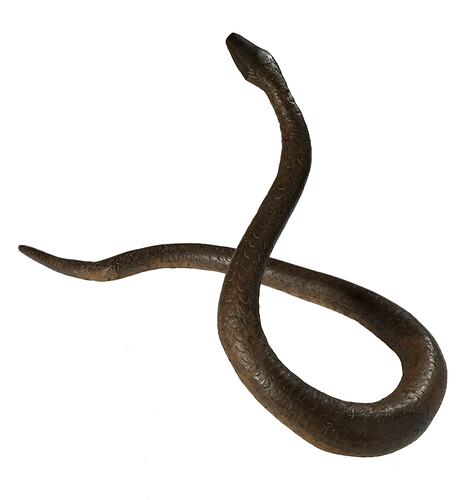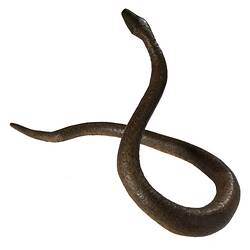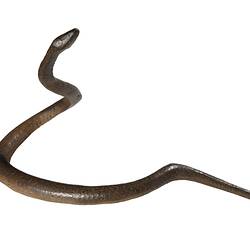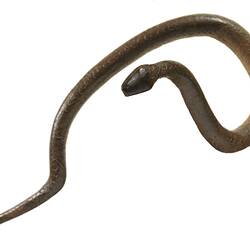Summary
The lands of the Adnyamathanha people are approximately 500km north of Adelaide in the northern Flinders Ranges, in South Australia. This area includes Lyndhurst and Moolawatana Homestead in the north-west and north-east, Lake Frome in the east, and Parachilna and Blinman in the south. Atuwarapanha (Mount Serle) and Wayanha (Mount McKinlay) in the central-north of this area are important focal points for Adnyamathanha traditions and more recent history.
The Adnyamathanha traditional owners continue to live and practice their culture on their ancestral lands. In 2016 the oldest known evidence of Aboriginal settlement in arid Australia was found on the lands of the Adnyamathanha people in the Flinders Ranges, proving between 46,000 and 49,000 years of continuous occupation.
Many contemporary projects which focus on cultural maintenance and revival have been undertaken by Adnyamathanha peoples in recent times. The work of Adnyamathanha Elder Aunty Lily Neville has contributed greatly to language revival with her translations and publications in Adnyamathanha language which include songs, wordlists, observations of bush life and family stories. Her acclaimed book 'Adnyamathanha Ngawarla' includes unedited texts and hand-drawn annotated illustrations.
Adnyamathanha language has been taught in schools in and around the lands of the Adnyamathanha people for many years and in 2009 it was being learned by over 1,000 students in nine schools (five in the larger town of Port Augusta and at each school in Leigh Creek, Hawker and Quorn as well as at one school in the Adelaide area).
Local Name
Wapma
Physical Description
Carved wooden Snake with upper torso is curved upwards. Head is diamond shaped; tail is tapered and pointed. Upper surface of snake is decorated with an incised continuous U shaped design. Head area is darkened with burning. Under -side of snake is plain and undecorated.
Significance
An important Adnyamathanha Dreaming story relates to a giant wapma (snake) named Akurra who lived up in the ranges.
'One day he became thirsty, so he went down to Lake Frome for a drink. He drank a lot of saltwater at the lake. In fact, he drank the lake dry and, as a result, his belly became bloated and he became heavy. As he lumbered up towards his home in the ranges, his belly carved out a great gorge. He also made lots of waterholes, where he camped in the gorge as he climbed back up into the hills, including the waterholes at Akurrula Awi, Nuldanuldanha, Valivalinha and Adlyu Vundhu Awi.''From here he went up into Mainwater Pound. He kept climbing up the creek until he arrived at Yaki Awi, and there he stopped. This is where he came to stay for the rest of his life, and he is still there today. He often comes up out of the waterhole at Yaki and makes rumbling noises in his belly. You can hear that big rumbling noise from a long way away.'
More Information
-
Object/Medium
Animal figure
-
Maker
-
Cultural Groups
-
Locality
-
Date Produced
-
Collector
-
Date Collected
-
Object Measurements
560 mm (Length), 240 mm (Width), 300 mm (Height)
-
Classification
-
Date Made
-
Maker
-
Clan/Language Group
-
Place Made
-
Indigenous Region
-
Keywords
-
Collection Names
-
Type of item
-
Discipline
-
Category
-
Collecting Areas



